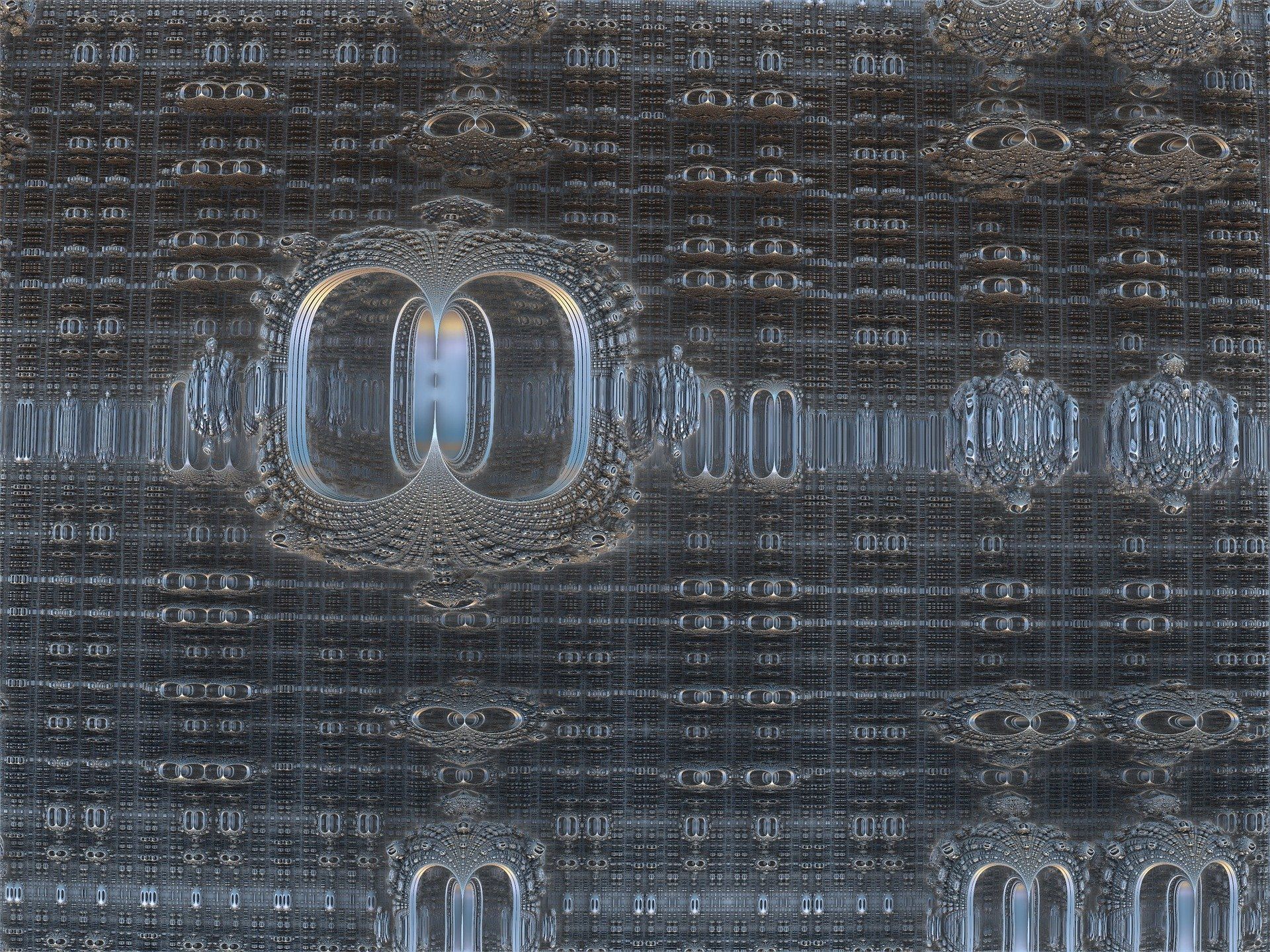

Ali, in Comprehensive Materials Processing, 2014 13.10.12.1 Quantum Telecommunication However, to keep the measurement result of Δϕ secret, namely, if you want to be only person who knows Δϕ, then you must choose one and only one particular quantum state of light, that is, a single photon state. The measurement sensitivity for a small phase shift Δϕ is determined by a total number N of detected photons in a measurement time interval, that is, Δ ϕ ∼ 1 / 2 N ( Caves, 1981). By simply adjusting the two alternation constants being equal, an instrument features a complete interference pattern in spite of highly dissipative environments and so promises various practical applications.Ī Mach–Zehnder interferometer can be operated with any input state of light, including a coherent state, photon number state, and even thermal state. In this way, we can suppress the leakage of which-path information.Įvery optical interferometric instrument is based on this remarkable trick of quantum erasure. This is because we cannot tell which path each detected photon took in this case.

If we place a second absorber in the other arm and balance the two attention constants, we can recover complete interference with perfect visibility, as shown in Figure 14(d). This is because each detected photon most likely propagated through the lower arm without an absorber, which effectively realizes an above-mentioned which-path measurement.Įxperiment 3. If we place an absorbing medium in one of the two arms, the interference pattern will also disappear, as shown in Figure 14(c). This is called a which-path measurement.Įxperiment 2. This is because each event of photon detection can be compared to the phase shift of the probe beam so that it is possible to know, at least in principle, a particular photon passed through in either an upper arm or a lower arm. If we observe a photon propagating in one of the two arms by inserting a Kerr nonlinear medium and sending a probe beam ( Imoto et al., 1985), the interference pattern will disappear as shown in Figure 14(b). A Mach–Zehnder interferometer: (a) for differential phase detection (b) with a quantum nondemolition detector in one arm (c) with an attenuator in one arm and (d) with balanced attenuators in two arms.Įxperiment 1.


 0 kommentar(er)
0 kommentar(er)
